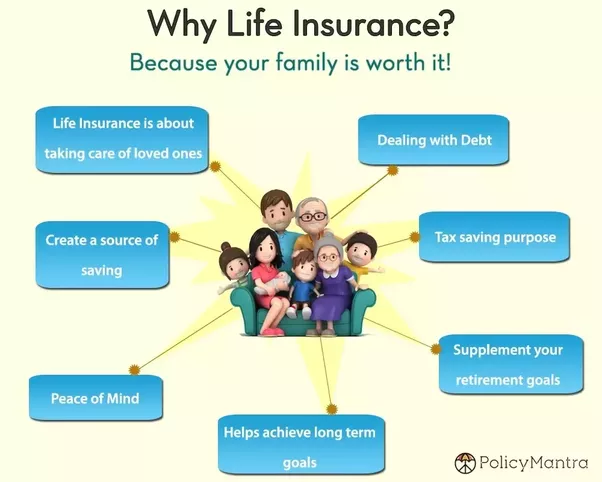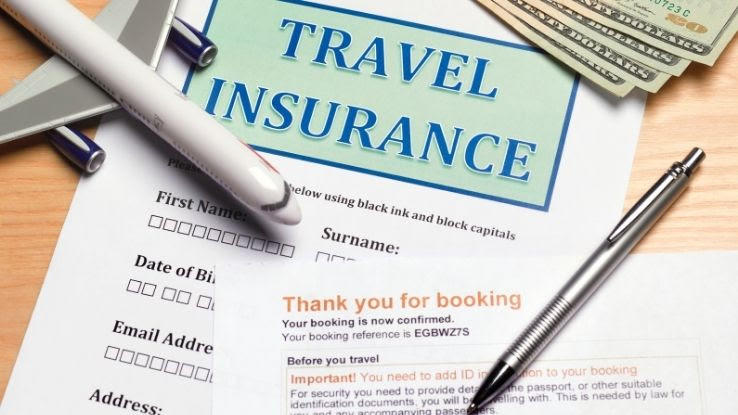Pacific Prime for Beginners
Pacific Prime for Beginners
Blog Article
Not known Incorrect Statements About Pacific Prime
Table of ContentsSome Known Details About Pacific Prime The Basic Principles Of Pacific Prime Getting The Pacific Prime To WorkThe Greatest Guide To Pacific PrimeThe 7-Minute Rule for Pacific Prime

This is due to the fact that the information were gathered for a duration of solid financial efficiency. Of the approximated 42 million individuals who were uninsured, all yet regarding 420,000 (about 1 percent) were under 65 years old, the age at which most Americans become qualified for Medicare; 32 million were grownups between ages 18 and 65, around 19 percent of all grownups in this age; and 10 million were children under 18 years of age, concerning 13.9 percent of all kids (Mills, 2000).
These estimates of the variety of persons uninsured are generated from the yearly March Supplement to the Current Populace Survey (CPS), conducted by the Demographics Bureau. Unless or else noted, national price quotes of individuals without health and wellness insurance policy and proportions of the populace with various kinds of protection are based upon the CPS, one of the most extensively used source of quotes of insurance coverage and uninsurance rates.
Pacific Prime for Beginners

Still, the CPS is particularly helpful because it produces yearly price quotes fairly swiftly, reporting the previous year's insurance policy protection approximates each September, and due to the fact that it is the basis for a regular collection of quotes for greater than twenty years, enabling evaluation of patterns in coverage in time. For these reasons, in addition to the comprehensive use the CPS in other researches of insurance protection that are offered in this report, we rely upon CPS estimates, with constraints kept in mind.

The quote of the variety of uninsured people increases when a population's insurance coverage condition is tracked for several years. Over a three-year period beginning early in 1993, 72 million people, 29 percent of the united state populace, lacked insurance coverage for at the very least one month. Within a single year (1994 ), 53 million people experienced a minimum of a month without insurance coverage (Bennefield, 1998a)
6 out of every 10 without insurance adults are themselves employed. Although functioning does boost the possibility that one and one's relative will have insurance, it is not a warranty. Even participants of households with two permanent breadwinner have almost a one-in-ten possibility of being uninsured (9.1 percent uninsured price) (Hoffman and Pohl, 2000).
The Buzz on Pacific Prime
New immigrants make up a considerable percentage of people without medical insurance. One analysis has associated a considerable section of the current development in the size of the U.S. uninsured populace to immigrants that got here in the nation in between 1994 and 1998 (Camarota and Edwards, 2000). Current immigrants (those who concerned the USA within the previous 4 years) do have a high rate of being uninsured (46 percent), yet they and their children represent just 6 percent of those without insurance coverage nationally (Holahan et al., 2001).
The partnership in between medical insurance and access to care is well established, as documented later in this chapter. Although the connection in between medical insurance and wellness end results is neither straight neither basic, an extensive clinical and health solutions study literary works links medical insurance protection to improved accessibility to care, far better quality, and boosted personal and population health standing.
Levels of evaluation for analyzing the effects of uninsurance. This conversation of medical insurance coverage concentrates mostly useful link on the U.S. populace under age 65 because basically all Americans 65 and older have Medicare or other public insurance coverage. It focuses particularly on those without any wellness insurance for any kind of length of time.
The Pacific Prime PDFs
The issues dealt with by the underinsured remain in some aspects similar to those dealt with by the uninsured, although they are typically less severe. international travel insurance. Uninsurance and underinsurance, nonetheless, include noticeably various plan concerns, and the approaches for addressing them might vary. Throughout this research and the 5 records to adhere to, the major focus gets on individuals without medical insurance and therefore no help in paying for health treatment past what is readily available with charity and safeguard institutions
Wellness insurance coverage is a powerful factor influencing invoice of care due to the fact that both individuals and doctors reply to the out-of-pocket price of solutions - https://issuu.com/pacificpr1me. Health insurance coverage, nevertheless, is neither needed neither enough to access to medical solutions. However, the independent and straight effect of wellness insurance policy coverage on accessibility to health and wellness solutions is well developed.
Others will certainly acquire the healthcare they require even without wellness insurance coverage, by paying for it out of pocket or seeking it from suppliers who use care free or at extremely subsidized prices. For still others, health and wellness insurance policy alone does not guarantee invoice of care as a result of various other nonfinancial obstacles, such as a lack of wellness care service providers in their area, limited access to transport, illiteracy, or linguistic and social distinctions.
Facts About Pacific Prime Uncovered
Official research study concerning without insurance populaces in the USA dates to the late 1920s and very early 1930s when the Board on the Price of Treatment generated a collection of records concerning funding medical professional office sees and hospital stays. This issue became prominent as the varieties of clinically indigent climbed during the Great Clinical depression.
Report this page